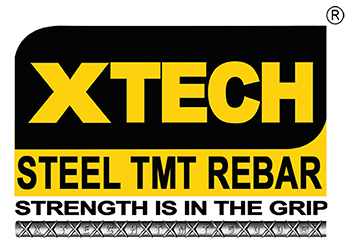A billet is a piece of semi-finished solid metal form, generally having a cross-section of 105 to 230 square centimeters, and rolled into finished ‘long products’ such as bars, rods and, channels. Billets are created directly by intermediate castings or extrusion or indirectly via hot rolling an ingot or bloom produced in a steel mill that needs further processing before being a finished good. Rolling and drawing are two other processes through which billets can be processed. In simple words, a billet is an unfinished metal that needs to be processed further before becoming finished goods. It can be rectangular, circular, or square in shape. They are used to manufacture steel bars. Final products include bar stock and wire. Billets are sold as cut lengths or coil, and usually, have an area less than 36 square inches. Billets are also known as bar stock. The other types of semi-furnished casting products are ingots, blooms, and slabs.


Billets are used as raw materials or feedstock in extrusion, forging, rolling and other metal processing operations. There are minimal uses of billets before they have been formed into more functional shapes and sizes. Before using the billets for various purposes, they have to undergo a series of manufacturing processes. The unformed billets, however, can be used in a striking currency such as coins and as reserves similar to gold bars. Centrifugal casting is also used to produce short circular tubes as billets, usually to achieve a precise metallurgical structure.billets have a specific grain structure which enables the metal to be processed more intricately. Steel billets are also known for their malleability and ductility, especially when exposed to varying temperatures during shaping and holding. To determine the flexibility and strength of billets, casting the billets properly is very important. Billets also undergo several tests before they are solid.


